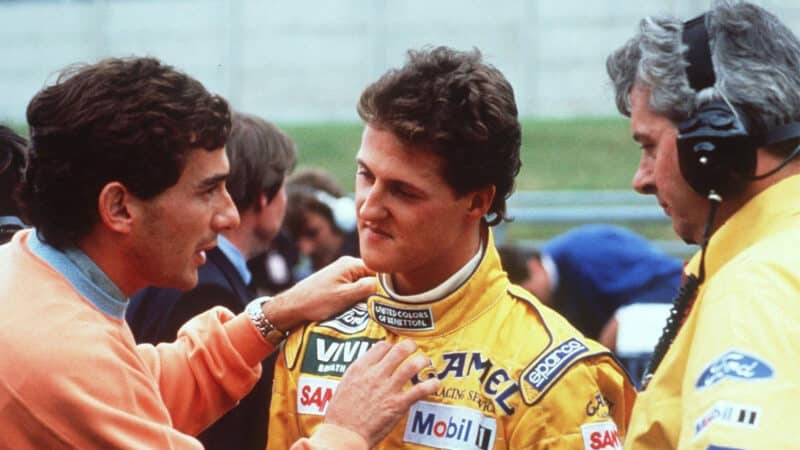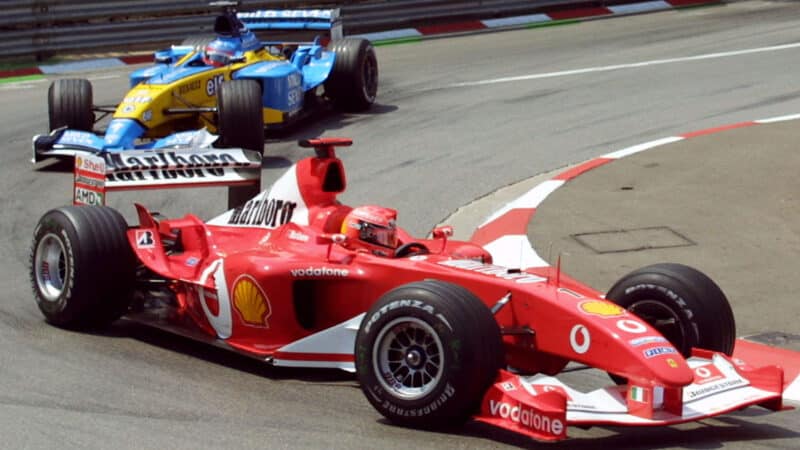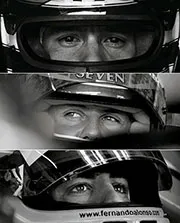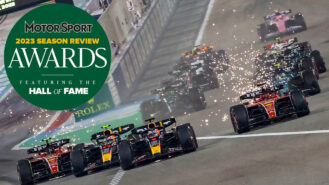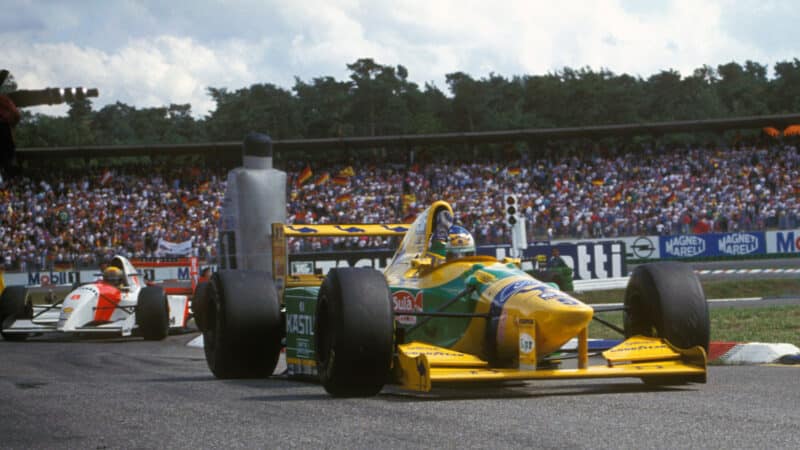“If you take those three drivers, it was actually a decade between each one that I worked with,” he said. “And a decade in F1 is a century in the real world – so there were completely different requirements.
“When we had Senna during the ‘84 season, we didn’t have any data acquisition.
“We were relying on the driver to tell us the water temperature, the revs on the straight, all sorts of things – they’d have to look at analogue gauges on this dashboard and remember the numbers when they came in.”
As Symonds told Motor Sport in 2017, Senna made himself invaluable to the team in this instance, despite being “staggeringly unfit”.
“With Ayrton, it was the first time I’d met a driver that didn’t need to use his entire brain to drive the car and had plenty of capacity left to think about what was going on. This was enormously valuable in an era before data recording.”
However, this skill would have to move to other areas of the car and racecraft as time went on.
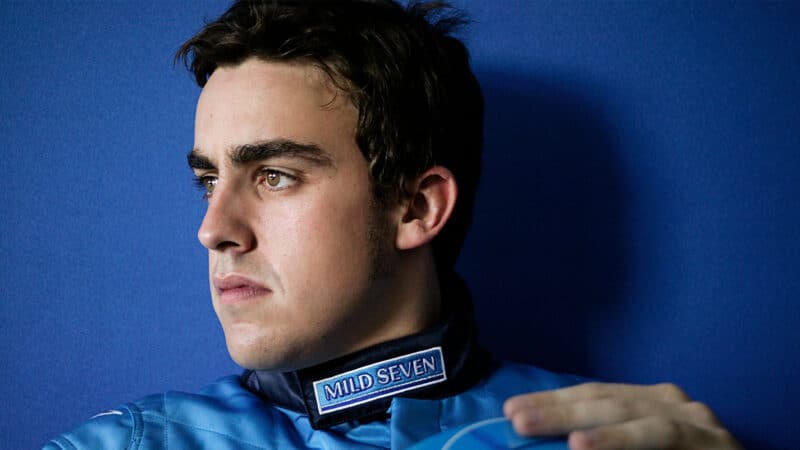
Alonso has long been know for unshakeable self-belief
Paul-Henri Cahier / Getty Images
“By the time we got to Schumacher 10 years later, we were recording an awful lot of data and with Alonso, to be honest with you, we knew more about the car than the driver did.”
In spite of all the changes through the rapidly evolving world of F1, Symonds says each talent has a characteristic necessary to succeed at the very top.
“If your question is in what ways were they the same, the answer is this amazing self-esteem,” he offered.
“I think it’s not just racing drivers, it’s true of any elite sportsman: this incredible belief that they are the best, that they are going to win.
“They can be fragile at times, but ultimately I think there’s this overwhelming sense of confidence you get amongst drivers – not all of them have won championships, but they all share that same self-belief.”
